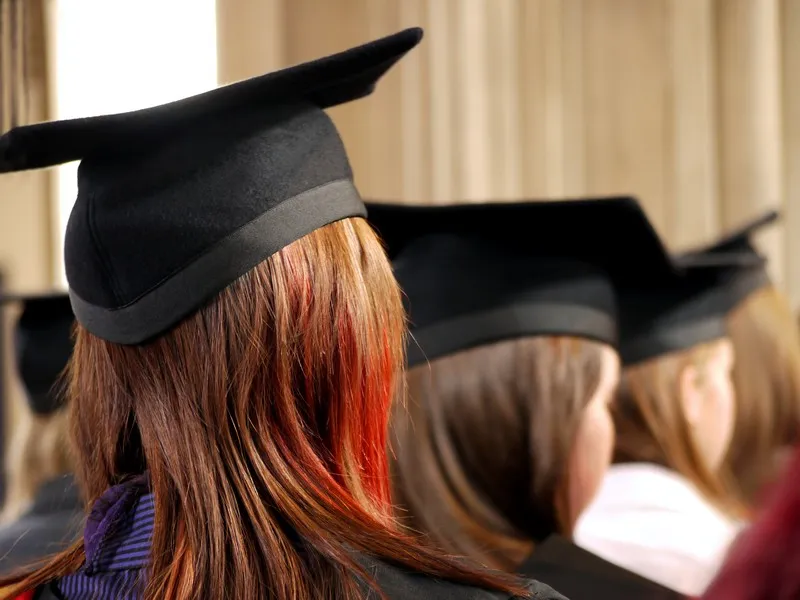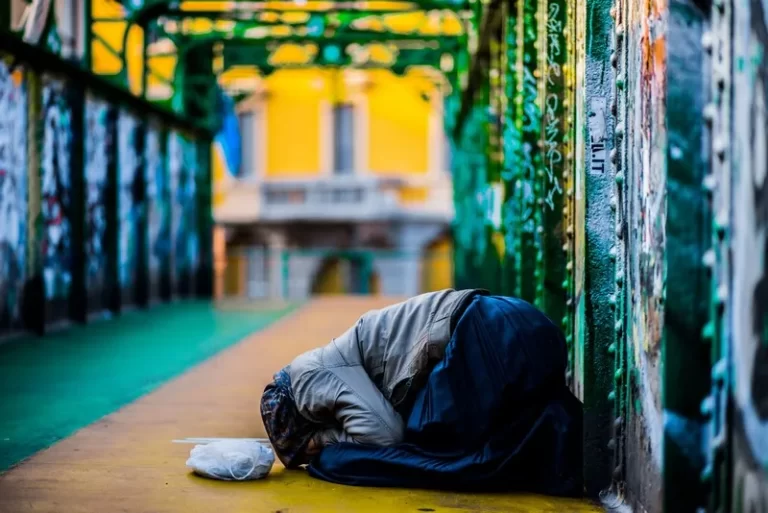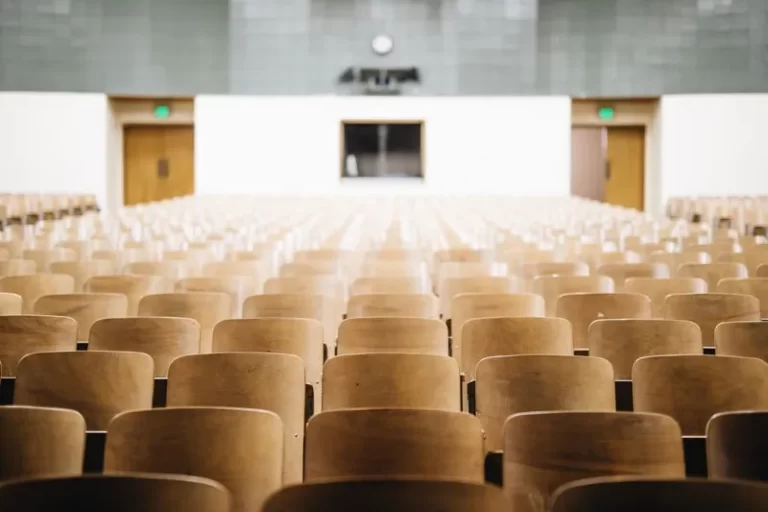Table of Contents
- Theoretical Perspectives on Education and Social Stratification
- Education as a Reflection of Social Inequality
- Education as a Mechanism for Social Mobility
- The Role of Higher Education
- The Intersection of Race, Gender, and Education
- Education as a Reproduction of Social Inequality
- Impact of Education on Social Stratification
- Conclusion
Education is often heralded as the great equalizer, a means through which individuals can transcend their socio-economic origins and achieve social mobility. However, sociological research reveals a more complex relationship between education and social stratification. This essay outlines and explains this intricate connection, examining how educational systems both reflect and reinforce social inequalities, while also providing pathways for potential upward mobility.
Theoretical Perspectives on Education and Social Stratification
Functionalist Perspective
From a functionalist perspective, education serves several critical functions for society. It is a means of socializing young people, instilling societal norms and values, and promoting social integration. Functionalists, such as Émile Durkheim, argue that education contributes to the maintenance of social order by fostering a shared sense of identity and common purpose. Talcott Parsons extends this view, emphasizing that education operates as a meritocratic system where individuals are sorted and selected for various roles based on their talents and efforts.
Conflict Perspective
In contrast, the conflict perspective, grounded in the works of Karl Marx and later developed by sociologists such as Pierre Bourdieu and Samuel Bowles and Herbert Gintis, views education as a mechanism that perpetuates social inequality. From this standpoint, education is seen as a means through which dominant groups maintain their privileged positions in society. Bourdieu’s concept of cultural capital is particularly pertinent, highlighting how the educational system values the cultural knowledge and skills of the upper classes, thereby disadvantaging those from lower socio-economic backgrounds.
Symbolic Interactionist Perspective
Symbolic interactionism focuses on the day-to-day interactions within educational settings and how these contribute to the construction of social stratification. Howard Becker’s labeling theory is instrumental here, suggesting that teachers’ expectations can significantly influence students’ academic performance and self-perception. Through processes of labeling and tracking, schools can reinforce social hierarchies, often disproportionately affecting students from marginalized communities.
Education as a Reflection of Social Inequality
Access to Quality Education
One of the most evident ways in which education reflects social stratification is through disparities in access to quality education. Socio-economic status (SES) heavily influences the quality of education that children receive. Schools in affluent areas tend to have better facilities, more experienced teachers, and greater resources compared to those in poorer neighborhoods. This discrepancy is often exacerbated by funding mechanisms that rely on local property taxes, which means that wealthier communities can afford to invest more in their schools.
Curriculum and Cultural Capital
The curriculum itself can reflect and reinforce social stratification. Bourdieu’s concept of cultural capital explains how the knowledge, behaviors, and skills that one can draw upon are not equally valued within the educational system. Students from higher socio-economic backgrounds are more likely to possess cultural capital that aligns with the dominant culture of the school, thus providing them with an advantage. This can include language proficiency, familiarity with certain types of knowledge, and even modes of behavior that are rewarded in academic settings.
Standardized Testing and Tracking
Standardized testing and tracking systems further exemplify how education can mirror social inequalities. These practices often serve to sort students into different educational paths, frequently based on biased assessments of ability. Research has shown that standardized tests can be culturally biased, favoring students from more privileged backgrounds. Tracking, or the practice of placing students into different academic paths (e.g., college prep vs. vocational tracks), can reinforce existing social hierarchies, limiting opportunities for those placed in lower tracks.
Education as a Mechanism for Social Mobility
The Promise of Meritocracy
Get the full article AD FREE. Join now for full access to all premium articles.
View Plans & Subscribe Already a member? Log in.





